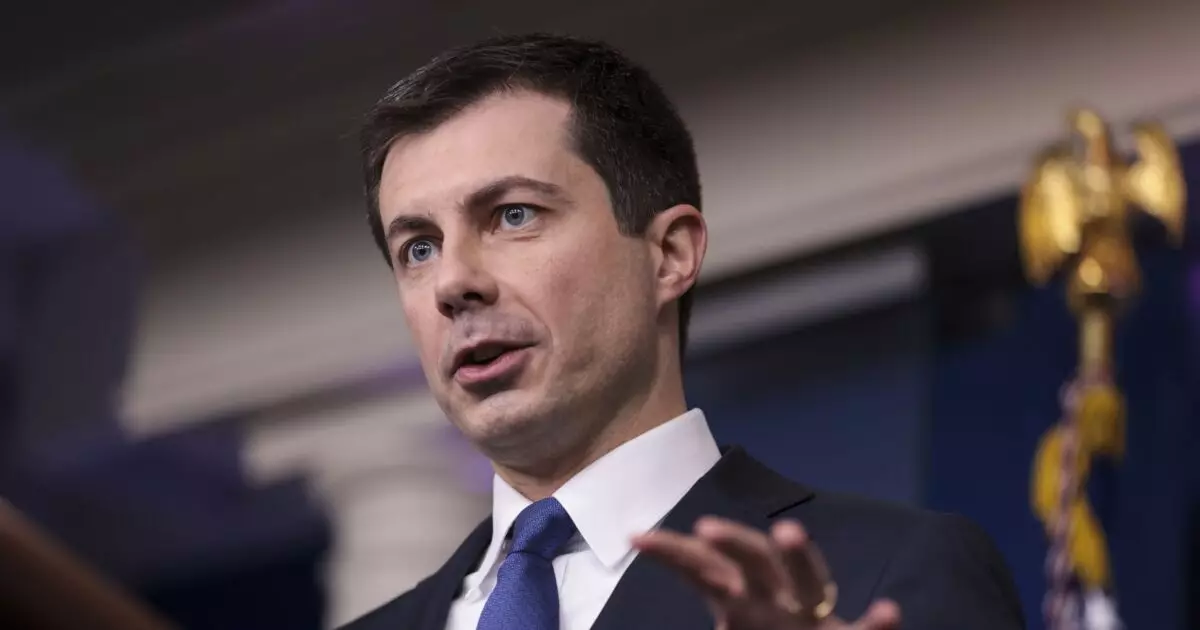The recent announcement from the Department of Transportation regarding the allocation of $2.4 billion for 122 rail projects across 41 states and the District of Columbia is a significant development in America’s infrastructure landscape. U.S. Transportation Secretary Pete Buttigieg emphasized that these projects, funded through the Bipartisan Infrastructure Law, aim to bolster job creation, enhance workforce development, and promote cost reduction for consumers. However, amidst this promising initiative, there are rising concerns regarding the long-term sustainability and efficiency of rail and infrastructure funding sources.
The specific distribution of these funds is meant to facilitate vital upgrades, including track enhancements, rehabilitation of aging bridges, and the integration of modern locomotives into current fleets. These improvements are essential for reinforcing freight movement and enhancing passenger rail accessibility. It is significant to note that the available funds will flow through the Federal Railroad Administration (FRA), particularly via the Consolidated Rail Infrastructure and Safety Improvements Program (CRISI). This program uniquely prioritizes the funding of smaller, short-line railroads, which are often overlooked in larger infrastructural programs.
The Springfield Rail Improvements Project: A Case Study
One of the standout beneficiaries of this funding announcement is the Springfield Rail Improvements Project (SRIP), which aims to enhance rail connections between St. Louis and Chicago by investing $157 million in necessary upgrades. This ambitious initiative, totaling $475 million, has been in motion since 2010 but has faced delays primarily due to the need to relocate rail lines to a new corridor seven blocks away from their current position. The construction plan includes necessary infrastructure additions like new overpasses and an updated transit center designed to optimize rail efficiency.
However, the project has encountered bureaucratic hurdles, exemplified by the temporary denial of funding last December, stemming from the inability to meet construction deadlines for the new transit center. Such delays render the efficiency of large-scale infrastructure spending questionable and raise alarms about the viability of future projects, especially in light of the potential political shifts after the upcoming elections.
Concerns Regarding Future Funding
Despite the current wave of funding and support from the Biden Administration, which touts billions spent across nearly 300 rail projects, a report by Hilltop Securities warns of potential political challenges looming on the horizon. These challenges may result in a significant investment gap, with the uncertainty surrounding the outcome of the upcoming elections potentially hampering the momentum of these initiatives. During a committee meeting in June, Congressman Rick Larsen expressed his continued support for reauthorizing this legislation, underlining that political backing is crucial for the sustainability of these funding mechanisms.
Furthermore, questions surrounding the pace at which these funds are being released have sparked discussions within Congress. Some lawmakers have raised concerns about the effectiveness of the current approach, prompting Secretary Buttigieg to defend the timeline, assuring that the funding process is indeed on track. However, this kind of skepticism is inevitable in a landscape where past federal underinvestment persists.
The ambitious investment in rail projects under the Bipartisan Infrastructure Law marks a pivotal moment for the enhancement of America’s rail network. While these projects hold the promise of job creation, improved connectivity, and revitalized infrastructure, the cloud of uncertainty regarding future political support and funding mechanisms looms large.
As the nation works toward enhancing its rail infrastructure, it is imperative to maintain a collective focus on not only the immediate benefits but also the long-term sustainability of these initiatives. Ensuring that projects like the Springfield Rail Improvements Project can progress without further delays is vital. The balancing act between ambition and execution will determine the future of America’s infrastructure—underscoring the need for bipartisan commitment and adequate funding in the years to come.

